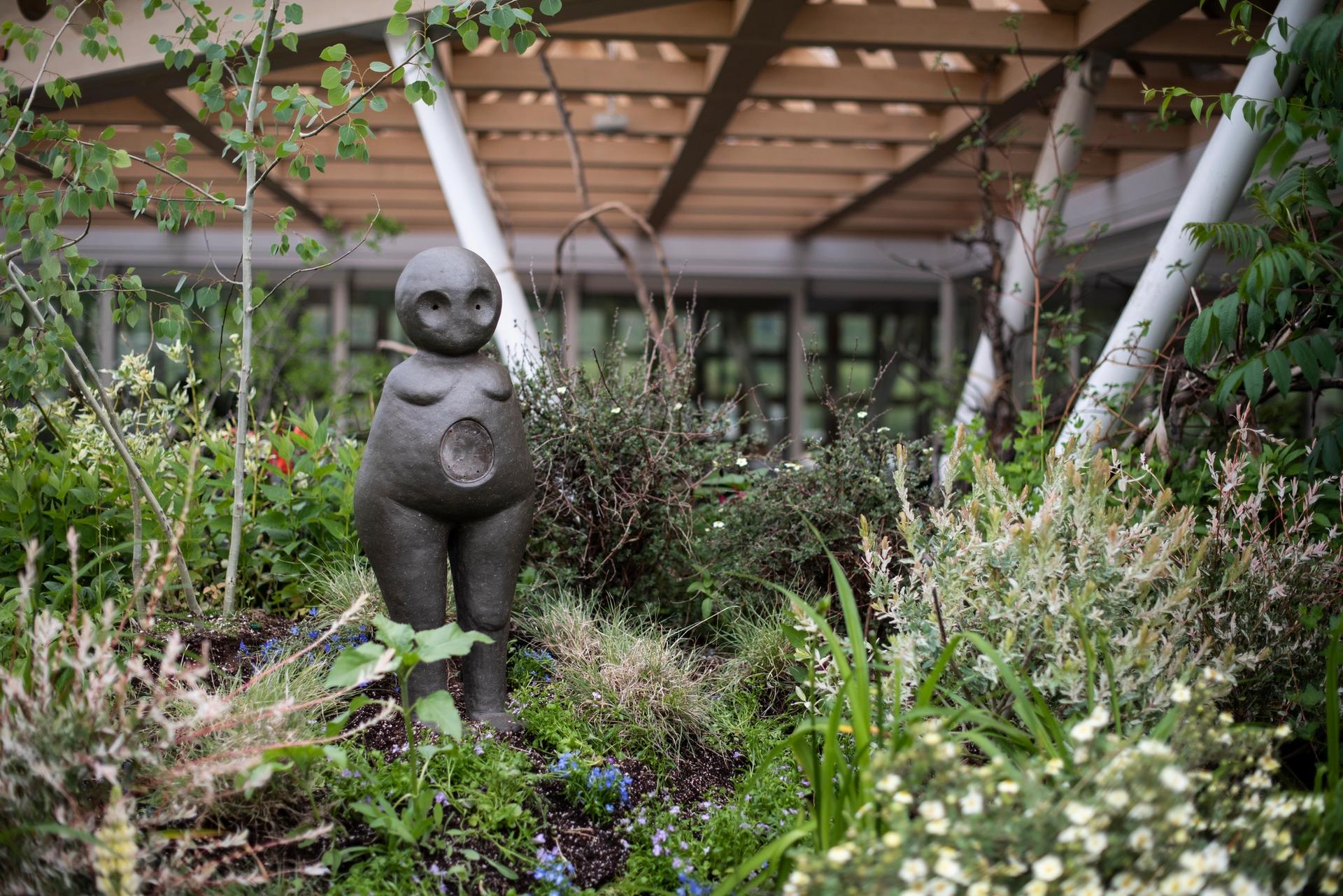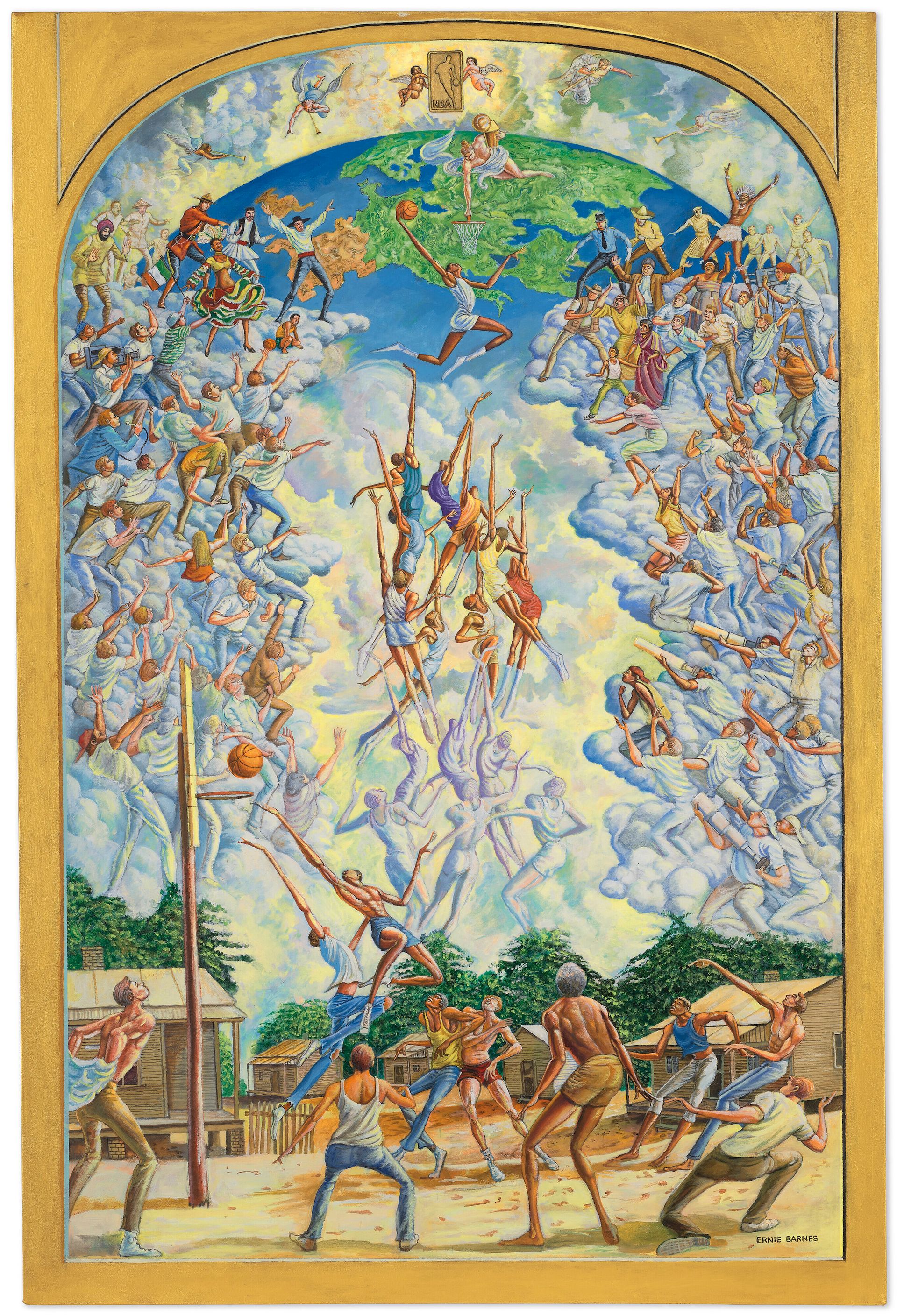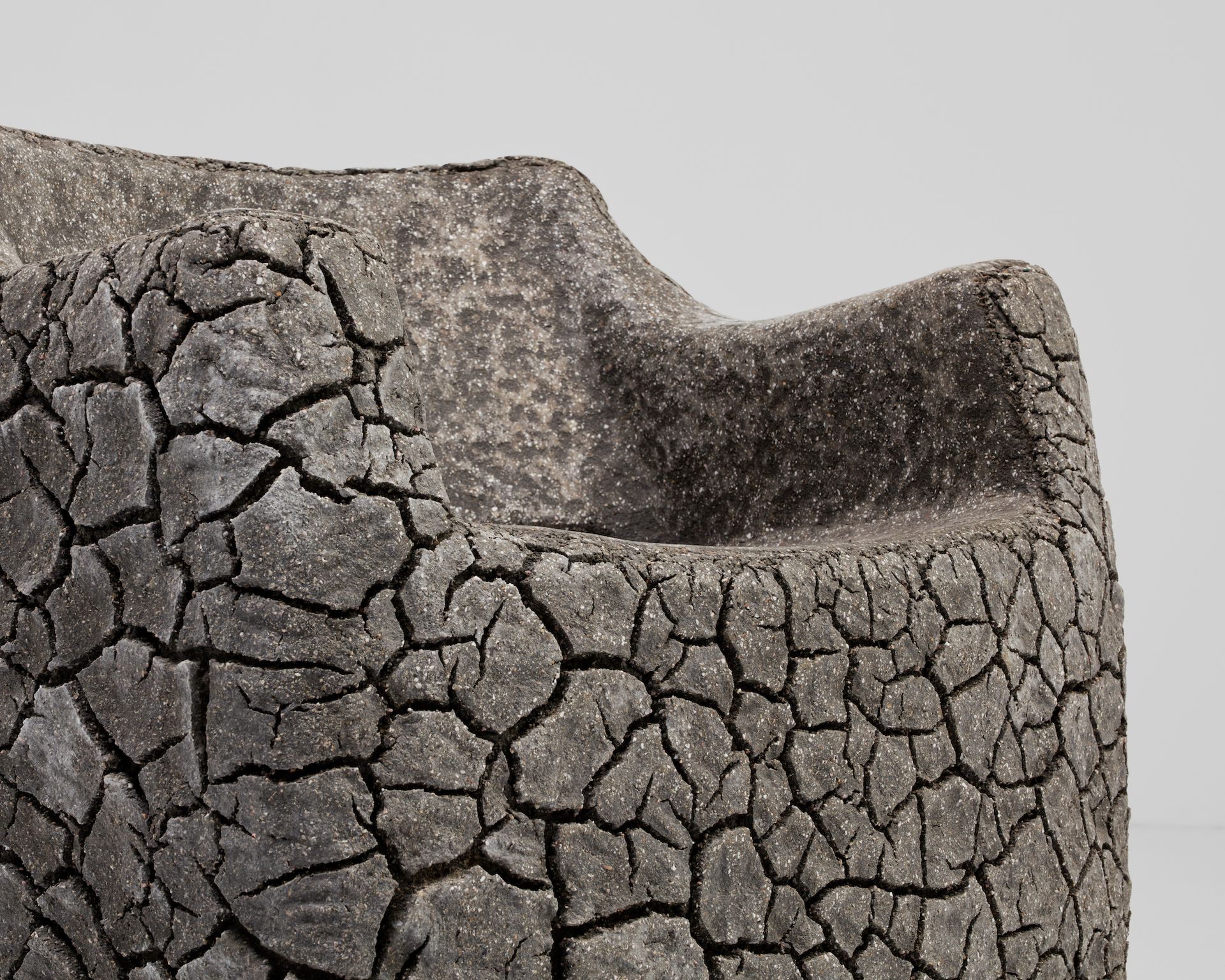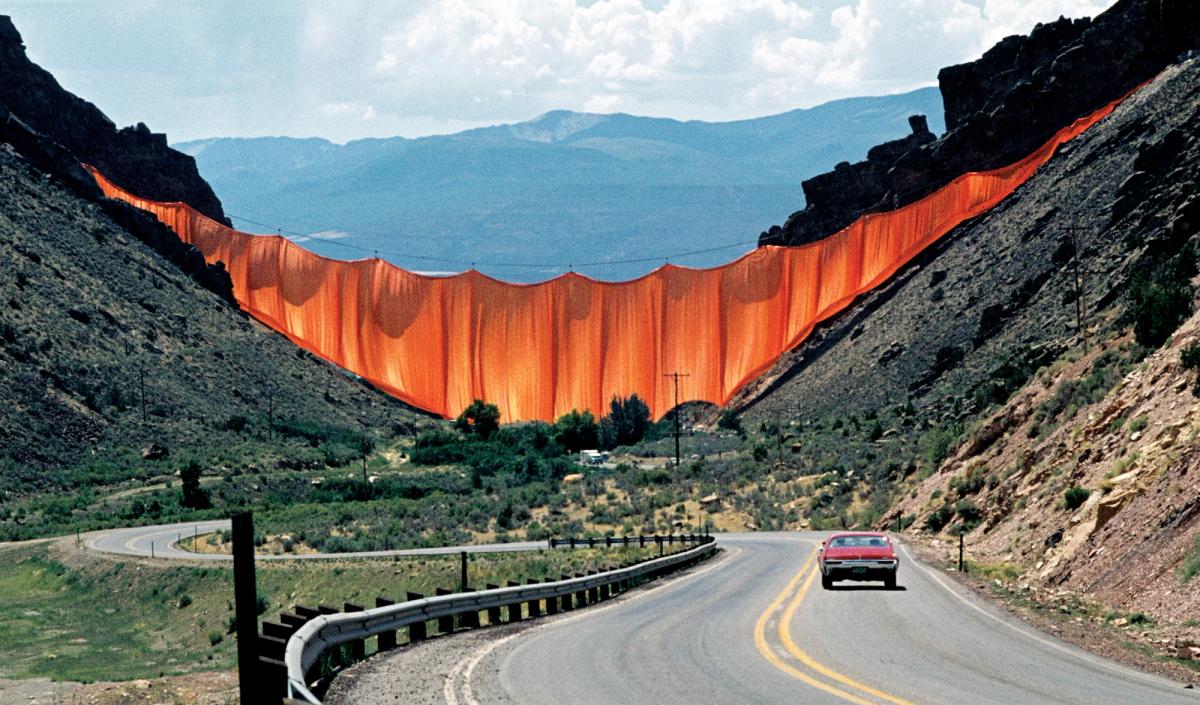The 2022 edition of Aspen Art Week opens this weekend with events across the panoramic alpine retreat, from the second in-person edition of the Intersect Aspen (31 July-4 August) art fair at the Aspen Ice Garden, which brings together more than 30 international exhibitors, to the Aspen Art Museum’s annual ArtCrush benefit auction, which is being held by Sotheby’s (online until 6 August; in the museum’s summer gala on 5 August) and features nearly 60 works by artists such as Mungo Thomson and Paola Pivi. Here are some of the must-see exhibitions happening around Aspen over the coming week.
Christo and Jeanne-Claude: Ephemeral Nature
1 August-15 September at Hexton Gallery, 447 East Cooper Avenue
The late artists Christo and Jeanne-Claude, best-known for their interventions that often involved gargantuan drapings of fabric in natural environments, realised one major project in Colorado in their lifetime. The work Valley Curtain (1970-72) comprised a 200,000 sq. ft orange partition that was installed between two mountain slopes and suspended above the road between Grand Junction and Glenwood. The $700,000 project was laboriously constructed over the course of 28 months with a team of construction workers and volunteers, and was famously removed 28 hours after it was completed due to a high wind forecast, prompting Christo to proclaim that he would “never do another curtain”. But some of the preparatory drawings for the ill-fated piece, alongside unrealised visionings for a curtain in Aspen and a project for the Arkansas River, which was met with local pusback and helped stoke ongoing debates on the hubris and environmental impact of the artists’ work, are being shown in this exhibition, which in total represents six projects conceived for US landscapes. The show also includes some never-shown pieces from the artists’ private collection, such as a wrapped sculptural bouquet that Christo gave his longtime love and collaborator Jeanne-Claude in 1993. To celebrate the history of the realised Colorado project on the 50th anniversary of its installation, the artists’ nephew and studio manager Jonathan Henery will give a talk at the gallery at 5pm on 1 August.

Installation view Precious Okoyomon: Every Earthly Morning the Sky’s Light touches Ur Life is Unprecedented in its Beauty at the Aspen Art Museum. Photo: Tony Prikryl.
Precious Okoyomon: Every Earthly Morning the Sky’s Light touches Ur Life is Unprecedented in its Beauty
Until 21 September at the Aspen Art Museum, 637 East Hyman Avenue
The artist and poet Precious Okoyomon unveiled an elysian garden on the rooftop of the Aspen Art Museum in June last year for an 18-month exhibition that considers the “regeneration of death and rebirth”, the artist tells The Art Newspaper. The outdoor installation featured a soundscape; an animate sculpture encrusted with blood and organic materials, evoking spiritual objects in Yoruba sculpture that are imbued with sacrificial material; and both edible and invasive plants like the kudzu, a perennial vine that has served as a recurring metaphor for the racialisation of the natural world in Okoyomon’s work. In the winter, the piece was replaced with an oven that invited visitors to write down and burn their fears; it was then revived in its new lifeforce. “The harsh winter in Aspen taught me to be more malleable, and to consider the fact that utopia is flexible, uncontrollable,” Okoyomon says. “The soil and trees in the Aspen exhibition will go back into community gardens and schools. It’s an everlasting relationship—one that has changed how I think about working and rot and regeneration.” Okoyomon also dispersed the kudzu ash used in previous pieces in her immersive work To See The Earth Before the End of the World (2022) at the 59th Venice Biennale, which extends the concept in monumental scale, engulfing a warehouse-sized environment with pathways flanked by insects, organic materials like raw textiles, earth and invasive plants, and blood-charged sculptures. Okoyomon adds, “When I create spaces like the one in Aspen or in Venice, I think of them as ‘portals’, and hope that people can feel some fragilisation, or have a moment to go inside a garden, so to speak, or find time to be grounded in order to observe their entanglement in the world, which there’s no separation from.”

Ernie Barnes, The Dream Unfolds, 1996 Christie's Images Ltd. 2022
Ernie Barnes: Body and Soul
30 July-20 August at Christie’s, 100 South Spring Street
Ever since athlete-turned-artist Ernie Barnes’s famous painting The Sugar Shack (1976) sold for 76 times its high estimate at a Christie’s auction last May, interest in and demand for the one-time professional football player’s works has been extremely high. Recognising an opportunity, Christie’s private sales team blitzed to bring together this exhibition of Barnes’s work at its outpost in the Rockies. As the show’s title intimates, the show brings together scenes of athleticism and devotion, from raucous church scenes to the frantic action of a basketball game. The artist, whose Denver Broncos teammates nicknamed him “Big Rembrandt”, recalled the moment he realised a career change was in store. “One day on the playing field I looked up and the sun was breaking through the clouds, hitting the unmuddied areas on the uniforms, and I said, ‘That’s beautiful!’” once wrote. “I knew then that it was all over being a player. I was more interested in art. So I traded my cleats for canvas, my bruises for brushes, and put all the violence and power I’d felt on the field into my paintings.” That same dynamism runs through all the works in Body and Soul.

Nacho Carbonell, Earth Clod Armchair 2 (TC 17/2022), 2022 Courtesy of Carpenters Workshop Gallery
Material Alchemy: Part II
2 August-3 September at Marianne Boesky Gallery and Carpenters Workshop Gallery, 601 East Hyman Avenue, second floor
The second instalment of a two-part collaborative exhibition showcasing works by Marianne Boesky and Carpenters Workshop’s artists, Material Alchemy: Part II continues its predecessor’s focus on parallel interests in materiality across art and design objects, this time with a particular focus on the Italian avant-garde movement Arte Povera. Marianne Boesky’s portion centres on recent works by Pier Paolo Calzolari, who is known especially for paintings and sculptures that incorporate unexpected materials, from rose petals and salt to shells and natural pigments. Carpenters Workshop’s contributions will foreground new pieces by the Italian designer Vincenzo De Cotiis, whose work incorporating recycled fibreglass and stromatolite fall firmly within the lineage of Arte Povera. Marianne Boesky’s presentation will also feature works by painters Suzanne McClelland and Jay Heikes, as well as the irreverent artist-designer duo the Haas Brothers. Carpenters Workshop will also showcase works by the Campana Brothers, Ika Kuenzel, Wonmin Park, Atelier Van Lieshout and others.


